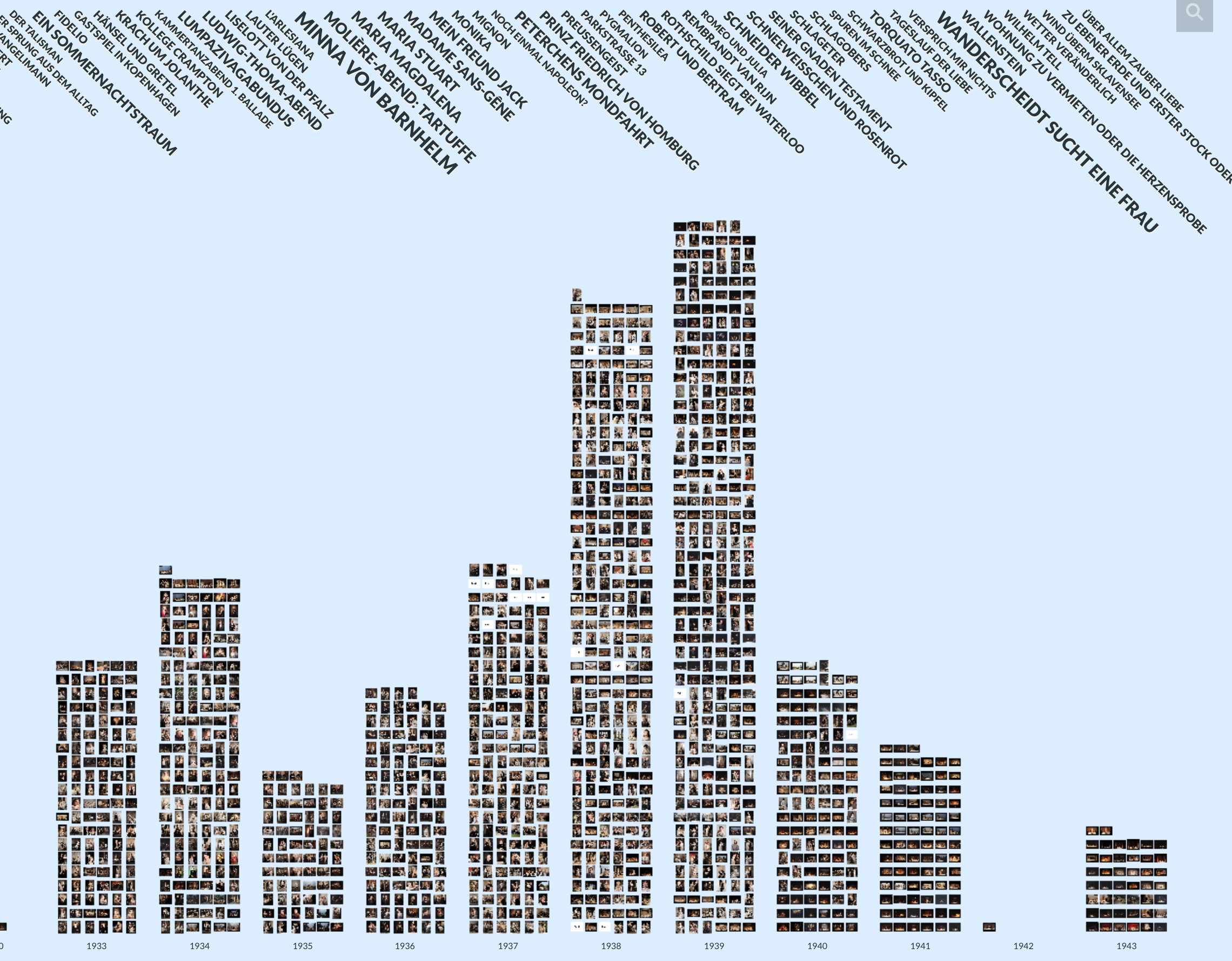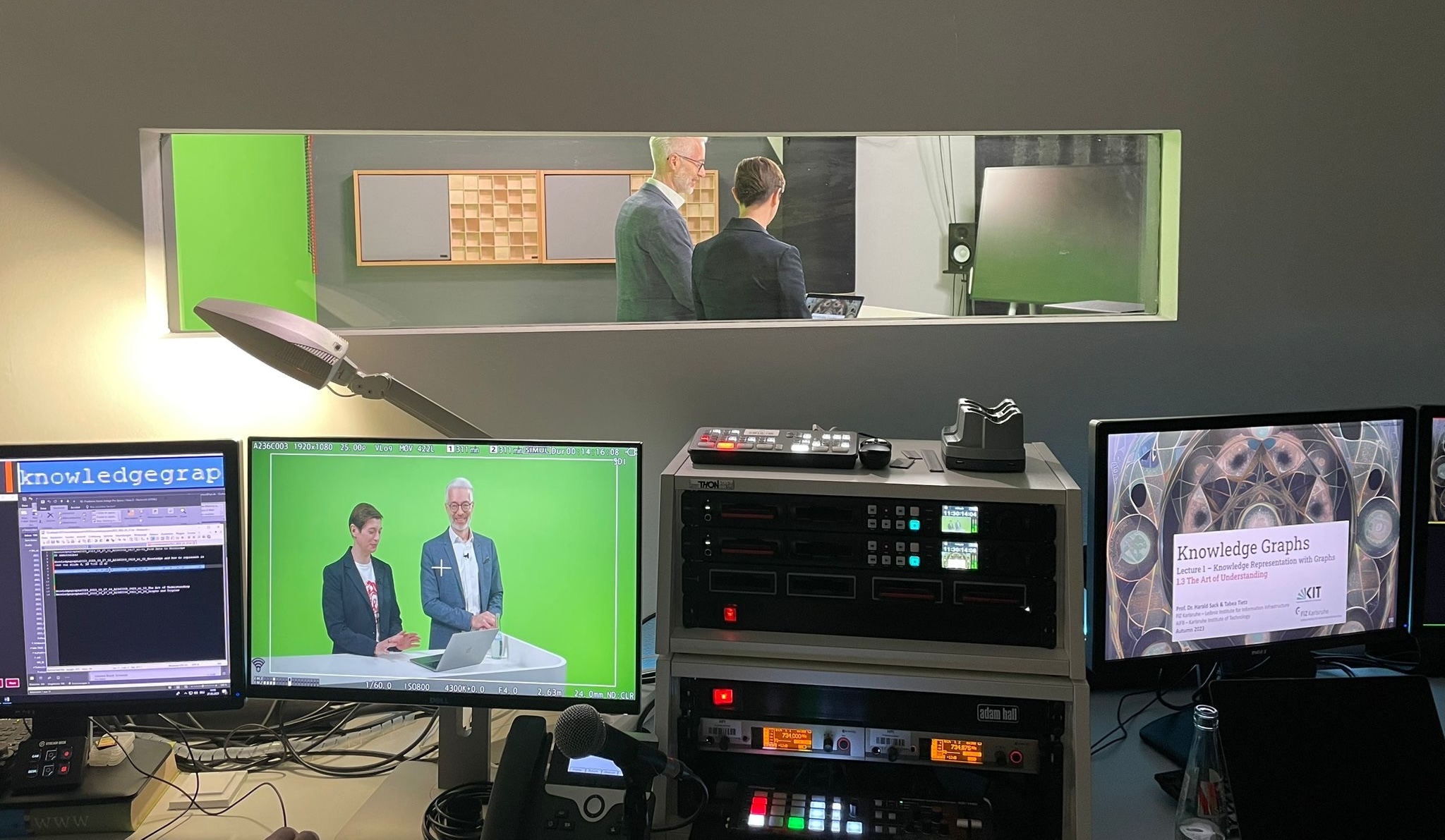Research Projects

Contributions to Running Projects at FIZ Karlsruhe
NFDI4Culture – Consortium for Research Data on Material and Immaterial Cultural Heritage
NFDI4Culture is part of the German national research data infrastructure programme (NFDI) with the goal to establish an information infrastructure for cultural heritage research data. Its primary objective is to ensure the findability and interoperability of distributed and heterogeneous research data across five subject areas: architecture, art history, performing arts, musicology, and media sciences. This encompasses a diverse array of tangible and intangible data, ranging from architectural plans and art descriptions to music compositions, historical manuscripts and theatrical events. Even though the data is contextually related, each discipline approaches data management from its own unique perspective, answering different research questions. This results in the use of a range of standards and formats tailored to specific community needs. One of the objectives of the NFDI4Culture is to build a Knowledge Graph to aggregate diverse and isolated metadata, and hence, a unified, intuitive access point to the decentralized research data of the culture research community.
NFDIcore Ontology
Each NFDI consortium establishes research data infrastructures tailored to its specific domain. To facilitate interoperability across different domains and consortia, the NFDIcore ontology serves as a mid-level ontology to represent metadata about NFDI resources, e.g. agents, projects, data portals, etc. NFDIcore is compliant with the Basic Formal Ontology 2020 and is extended for domain-specific research questions following a modular approach for as e.g., with the NFDI4Culture ontology (CTO).
- NFDIcore Documentation on GitHub
Culture Ontology (CTO)
CTO represents resources within the NFDI4Culture domains. The ontology addresses domain-specific research questions, connects diverse cultural entities, and facilitates the efficient organization, retrieval, and analysis of cultural data. CTO is intentionally light-weight and represents only crucial information from source data to enable interconnection and querying within NFDI4Culture.
Linked Stage Graph – a Knowledge Graph based Research Resource for the Performing Arts
Linked Stage Graph is a Knowledge Graph that contains black and white photographs and metadata about the Stuttgart State Theatre from the 1890s to the 1940s. The nearly 7,000 photographs provide vivid insights into on-stage events, such as theater plays, operas, and ballet performances, as well as off-stage moments and theater buildings. Linked Stage Graph 2.0 is part of ongoing research and will be expanded with additional historical resources, such as theatre programs and personnel files. As part of this project, we are also developing a comprehensive data model to enhance the representation of the data and support the integration of these historical resources.
- Linked Stage Graph on the Web
- Explore the Linked Stage Graph performances using the Vikus Viewer
- Latest Publication on Linked Stage Graph:
T. Tietz, O. Bruns, H. Sack: A Data Model for Linked Stage Graph and the Historical Performing Arts Domain, In Proc. of the International Workshop on Semantic Web and Ontology Design for Cultural Heritage (SWODCH), co-located with ISWC 2023. CEUR WS Vol-3540 in Athens, Greece.
